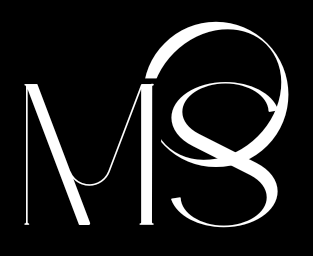Introduction
Have you ever heard of silent subliminals? These intriguing audio recordings claim to have a powerful impact on our subconscious mind, yet their history and evolution remain shrouded in mystery. In this blog post, we’re going to embark on a journey through time to uncover the origins and evolution of silent subliminals, exploring their fascinating history and the role they play in shaping our modern understanding of the mind.
The Birth of Subliminal Messaging
To understand the history of silent subliminals, we must first delve into the world of subliminal messaging. The concept of subliminal messaging dates back to the late 19th century when psychologists and researchers began exploring the idea that subtle stimuli could influence human behavior without conscious awareness. Early experiments in subliminal perception laid the groundwork for the development of silent subliminals and sparked interest in their potential applications.
The Rise of Subliminal Audio
While visual subliminal messaging garnered significant attention in the mid-20th century, it wasn’t until the advent of audio technology that silent subliminals began to gain traction. In the 1960s and 1970s, researchers and entrepreneurs alike began experimenting with embedding subliminal messages into audio recordings, sparking a wave of interest in the potential of sound to influence the subconscious mind.
The Controversy Surrounding Subliminal Messaging
As interest in subliminal messaging grew, so too did controversy. Critics raised concerns about the ethical implications of using subliminal techniques to manipulate behavior, sparking debates about the boundaries of psychological research and the potential risks of subliminal influence. Despite these concerns, interest in subliminal messaging persisted, fueled by the promise of unlocking the hidden potential of the human mind.
The Emergence of Silent Subliminals
In the late 20th century, advancements in audio technology paved the way for the development of silent subliminals as we know them today. By embedding messages at frequencies below the threshold of conscious perception, researchers discovered they could bypass the conscious mind and communicate directly with the subconscious. This breakthrough marked a significant turning point in the history of subliminal messaging, opening up new possibilities for personal development and self-improvement.
The Modern Era of Silent Subliminals
Today, silent subliminals are widely available in various forms, from audio recordings to smartphone apps and online platforms. They are used for a wide range of purposes, including enhancing confidence, improving sleep, reducing stress, and promoting overall well-being. With advances in neuroscience, psychology, and technology, silent subliminals continue to evolve, offering new insights into the workings of the mind and the potential for personal transformation.
Practical Applications of Silent Subliminals
Silent subliminals have found a variety of practical applications in fields ranging from personal development to marketing and advertising. Here are just a few examples of how they are being used today:
- Personal Development: Silent subliminals can be used to reprogram limiting beliefs, boost self-confidence, and cultivate a positive mindset.
- Health and Wellness: These audios can help reduce stress, improve sleep quality, and promote relaxation and well-being.
- Performance Enhancement: Athletes, musicians, and performers can use silent subliminals to enhance focus, concentration, and motivation.
- Behavior Modification: Silent subliminals can aid in breaking bad habits, such as smoking or overeating, and instilling healthier behaviors.
- Marketing and Advertising: Companies use silent subliminals in advertising to influence consumer behavior and create subconscious associations with their products or brands.
The Future of Silent Subliminals
As our understanding of the mind continues to evolve, so too will our knowledge of silent subliminals and their potential applications. With ongoing advancements in neuroscience, psychology, and technology, we may soon unlock even more profound insights into the workings of the subconscious mind and how we can harness its power for personal growth and transformation.
Conclusion
In conclusion, the history of silent subliminals is a fascinating journey through the evolution of psychological research and audio technology. From the early experiments in subliminal perception to the modern applications of silent subliminals in personal development and beyond, these audio recordings continue to capture our imagination and challenge our understanding of the mind. Whether you’re seeking to overcome limitations, improve your well-being, or unlock your full potential, silent subliminals offer a promising avenue for exploration and self-discovery. So why not dive in and uncover the hidden depths of your subconscious mind? Your journey awaits!





 No products in the cart.
No products in the cart.